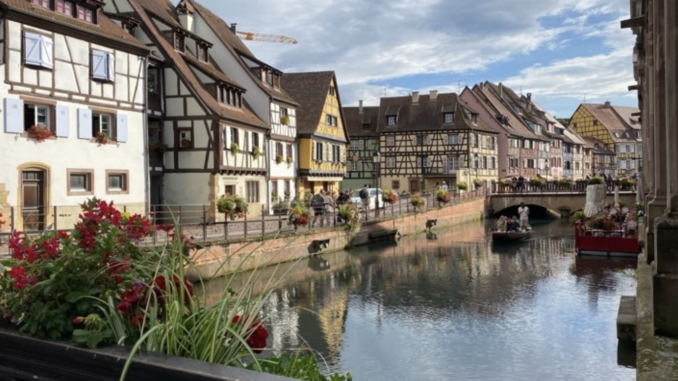
By Ralph Gabriel Parcon
Back in mid-July, I traveled to Paris, France, but also visited the cities of Colmar and Strasbourg near the German border.
Although these two cities are located within the French territory, the architecture of the homes looked German.
After spending a few hours in Switzerland, I rode the train back to Strasbourg. The towns that we passed by all had German sounding names but with French pronunciation.
You may be asking, why would that be?
I would answer that question by saying that it is a result of historical influences, mostly geopolitical.
These cities are located in the French region of Alsace, but why are there German influences?
This originally Germanic region was incorporated into France during the 1600s as well as the outcome of the Franco-Prussian War, which Prussia won.
France not only ended up losing its monarchy, but its territory of Alsace to the Germans, which became somewhat autonomous within the German Empire known as Alsace-Lorraine.
Alsace-Lorraine lasted as long as the German Empire itself with the territory being reincorporated into the French Republic upon the end of World War I.
However, some Alsatians tried to declare the region’s independence before the restoration of French control.
The region was once again incorporated into the German Reich when France was invaded in 1940 during World War II.
Alsatians were forced to enlist in the German Army during the occupation period presumably due to their relations with the Germanic people.
Alsace was liberated from German control once the last German holdouts in and around the city of Colmar were defeated by Allies in 1945.
Today, Alsace remains a unique convergence point for French and German cultural influences. Like I previously mentioned, this is clearly seen with the region’s architecture.
The city is a place where delicious chocolates are made, and beautiful Christmas decorations are crafted. You can also visit plenty of bakeries and cheese shops in the region.
For me, the best thing to eat in Alsace is tarte flambee, a pizza-like flatbread. In Alsatian German, the dish is known as Flammekueche.
All of this shows how interesting the region is from the rest of continental France.
rparcon@my.dom.edu

